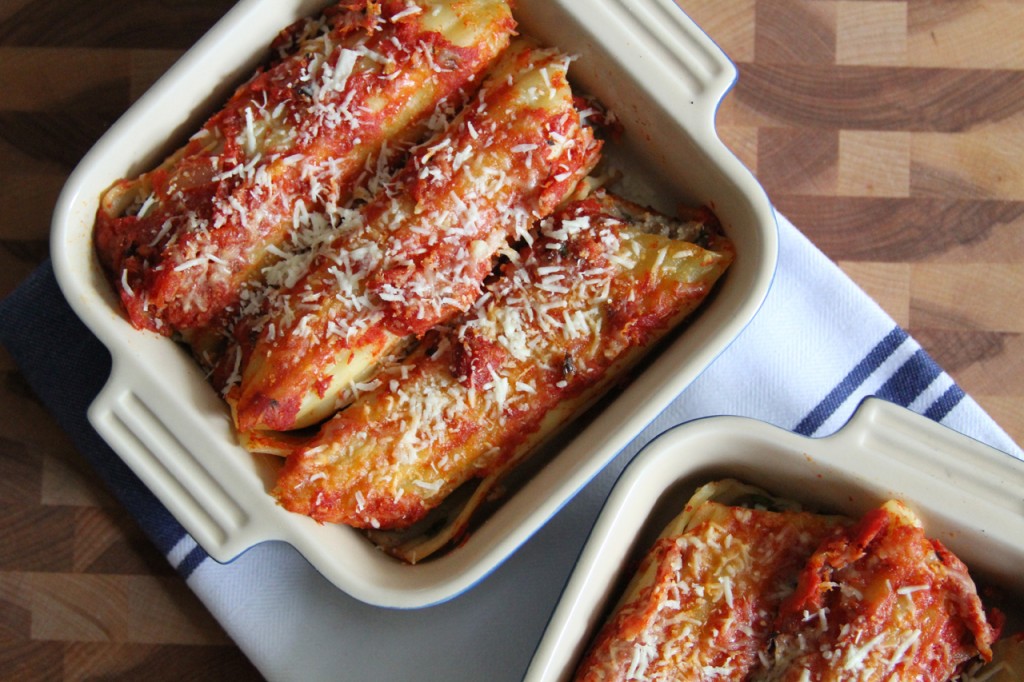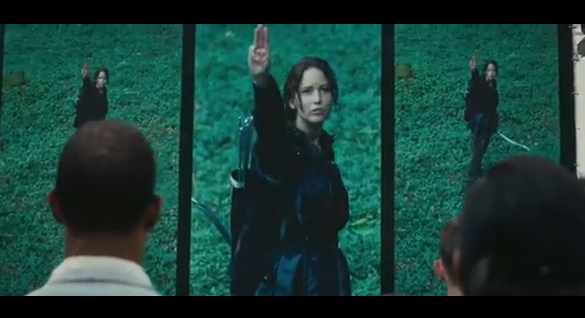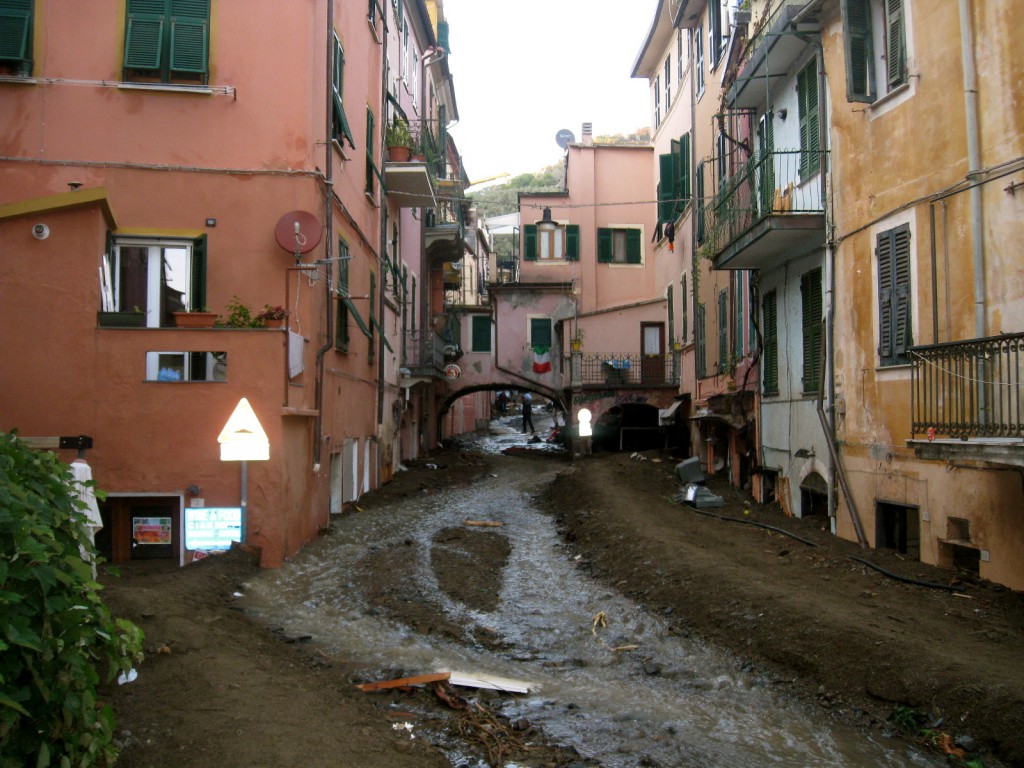by Sheila Squillante
For the Batter
6 eggs
Pinch salt
6 heaping tbsp flour
1 ½ cup milk
For the Filling
1 lb ricotta cheese
½ lb mozzarella cheese, shredded
Fresh parsley or 1 tsp dried
3 or 4 eggs
Salt & pepper to taste
¼ cup grated parmesan cheese
Start with the recipe—a dingy yellowed index card transcribed in your own hand at some point in the last—what?—fifteen years, probably. Place it on the counter, read it over, and realize that what you have is only the ingredient list, not the instructions for putting the dish together. Tell yourself you watched your grandfather stand at the stove and make these enough times that you can easily improvise. Remember, though, that he had your grandmother as his “wingman,” so call your husband in and ask him to stand by.
First, make the batter. Beat the eggs in a gleaming silver bowl with your mother’s red silicone whisk. Add milk and wonder if it’s too much—it’s not. It’s supposed to be loose and thin. Add salt and flour, a little at a time, so as to avoid making a mess of lumps.
Or, dump in all the flour at once and curse when you see tiny islands of white floating on an eggy-milk sea. Whisk and whisk and whisk. Decide islands are nice and make the filling. Combine all the filling ingredients and stop yourself from adding dried oregano and garlic powder, even though you are certain it would complement the cheese. Stop yourself because you want to honor your grandfather to the letter even though you are certain he wouldn’t give a hoot, darlin’. He’d just be happy you’re having fun in the kitchen.
Think now, about the kitchen. This one belongs to your mom, who lives on the east coast of Florida, three hours straight across from your grandparents’ home in Port Charlotte, on the west coast. This one is white and red and bright with new appliances. That one is seventies-yellow with worn linoleum and butterfly dishtowels, pilled from years of use.
Or, it was.
The kitchen is still there, of course, but your grandparents are gone two years now and you are making this most iconic dish of theirs in tribute, through some tears and some shame. Tears are easy to come by—you are an easy cry. Shame, though, is new. Shame came unexpectedly a few days ago when you and your husband drove past the abandoned rambler on Quesada Ave. You needed to see it, you told him, and he understood. The only home that had been in your life for your whole life, mortgaged beyond its value in a terrible market, no one to take it on, gone now back to the bank that is too busy to deal with it.
Shame came when you got out of your rental car and walked through the scraggy grass to the screen porch and peered in to find the walls still adorned with your grandparents’ things: a portion of the rubber inner tube your son used as a baby near the now-drained and scummy spa; a wooden sculpture of the California Raisin someone made for them in the 80s (which you always hated); the Pennsylvania Dutch Hex signs you gave them for their sixtieth wedding anniversary—one says their names and wedding date, one says “God Bless This House.”
*
In the Fantasy of What Could Have Happened Next, maybe you felt a proprietary impulse rise like spa bubbles from the hollow of your chest and you pressed the button on the flimsy door handle and pulled. Locked. Rage and need. Maybe you pulled again and this time maybe it opened. This time maybe you forgot yourself, forgot you were not coming in to your grandparents’ home like you had for thirty years, but were instead trespassing on bank property. In the Fantasy of What Could Have Happened Next, maybe you found yourself standing on the porch, stumbling past the spa and yanking on the kitchen slider. Open. In.
Maybe you stood in your grandparents’ kitchen—empty and moldy now—and tried to remember everything that ever happened there. The phone call you took from the financial aid office about your college scholarship. Your mother making coffee. Your grandmother lifting her skirt up to her knee to show off her “great gams” to your husband while the video camera recorded. Your grandfather standing at the stove making crepe after crepe after crepe, filling them with cheese, layering them with tomato sauce in Pyrex pans. Hours on end.
And that last November: holding his soft, weak hands at the Formica dinette (in the kitchen he swears your father still visits him), while your mother talks to hospice. Telling him his love of sixty-six years is gone.
In the Fantasy of What Could Have Happened Next, maybe you grabbed one of their juice glasses—the red, blue and yellow striped ones they used to take their pills every morning—off the counter and fled back to your rental car, hoping that anyone who saw also saw your sobbing, remembered your grandparents, put two and two together and forgave you your trespasses, even in your shame.
*
Leave the screen porch, the scraggy grass, Quesada Ave, your grandparents’ and father’s graves just up the road at Restlawn.
Leave the Fantasy and go back to your mother’s kitchen.
*
Be sure to let the crepe batter come to room temperature before you attempt to cook. Pour a cup of tomato sauce into the bottom of a square baking dish. Heat an 8-inch non-stick pan over medium high heat and brush generously with olive or vegetable oil.
Ladle ½ cup of batter (possibly less) into the bottom of the pan and swirl to coat. Cook until the wet top looks dry-ish. Carefully flip (they shouldn’t be browned) and cook five or so seconds on the other side. Remove to a plate or clean prep surface.
Understand that you are probably going to ruin several of these at the start. The pan will either be not hot enough or not oiled enough or you will rip them upon lifting and will have to fling them, cursing like your grandfather—Yer sister’s got a big one!—into the sink.
Now it’s a dance: put a tablespoon or slightly more of the filling in a line down the middle of the crepe and roll it up. While you are doing this, ladle some more batter, oiling the pan as necessary—which will likely be often– as you go. Place the manicotti into the baking dish as you make them. Resolve that you will be standing at the stove, thinking of your grandparents, Rocky and Jo, for a long time.
When all the manicotti are made and snug in their pan, pour some good red sauce over them and top with some shredded mozzarella. Cover pan with aluminum foil and bake at 350 for 30 minutes, removing the foil in the last ten minutes so the cheese can get all melty and nice.
Let stand on the counter for fifteen minutes before serving to your mother, who cared for your grandparents in the eighteen years of their life between your father’s—their son’s—death and their own, and to your husband, who is very glad you are not in Fantasy Jail.
This essay is part of a book-length memoir, Dead Dad Day: A Memoir of Food and My Father. Sheila’s essays and poems have appeared most recently in places like Brevity, Barrelhouse, The Rumpus, Thrush Poetry Journal, Superstition Review, Sweet: A Literary Confection and elsewhere. She teaches writing at Penn State.






